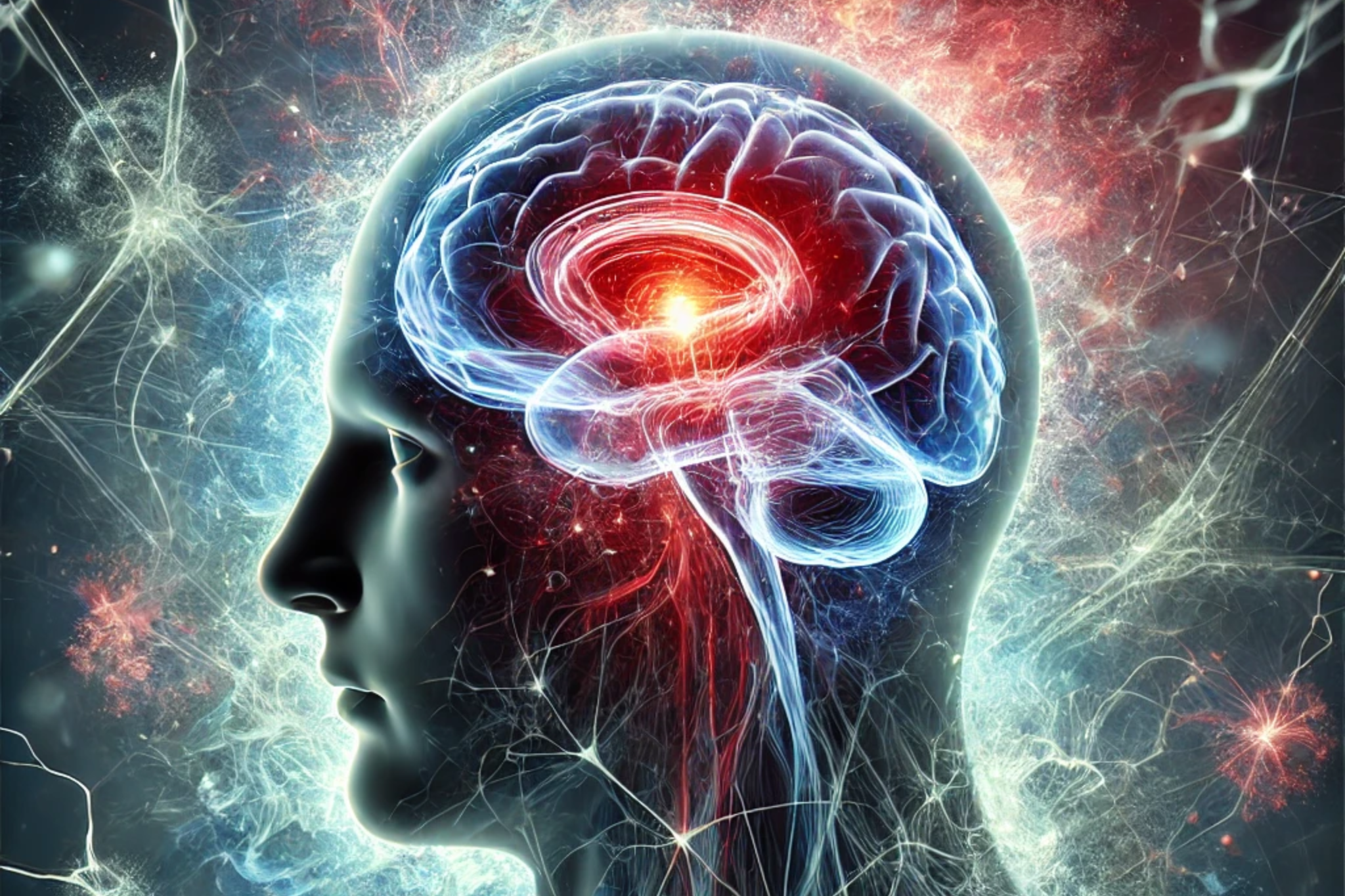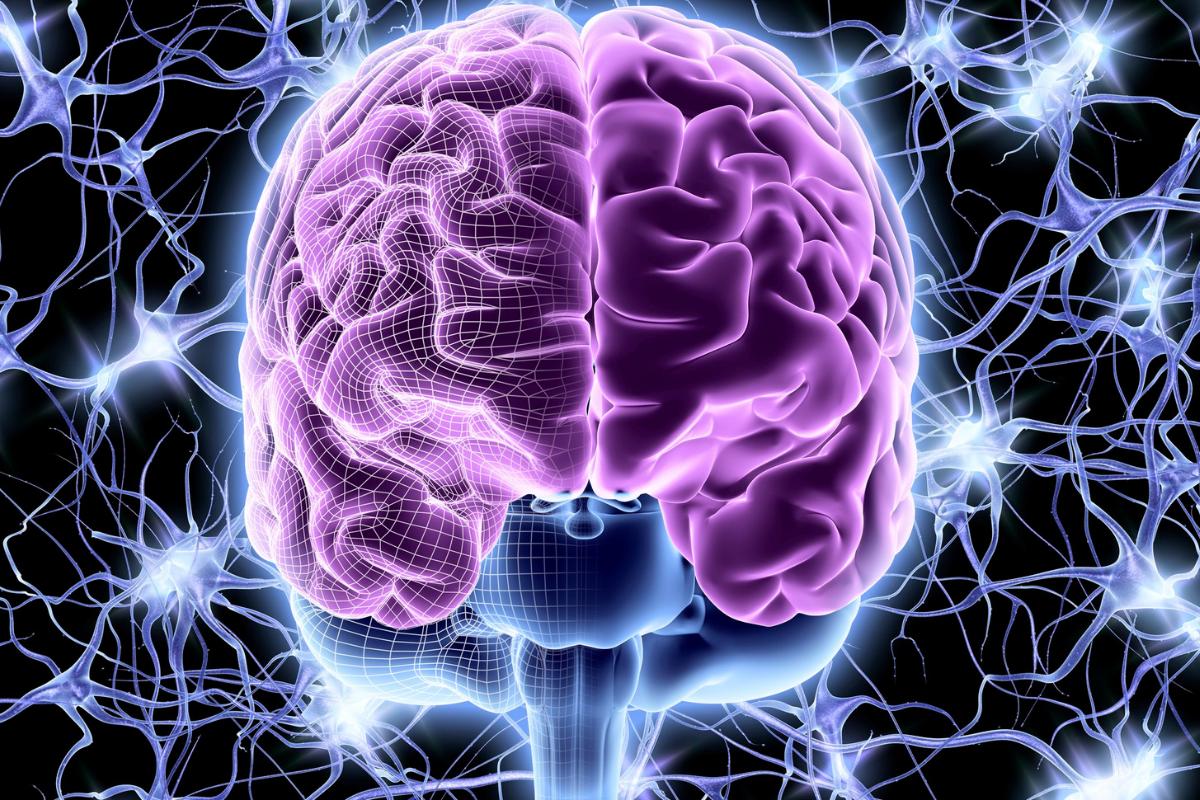By Dr. Petrus Raulino
In an article published in the journal Molecular Psychiatry, researchers reviewed the evolution of psychosurgery (neurosurgery in psychiatry) for Obsessive-Compulsive Disorder (OCD).
Psychosurgery is reserved only for patients with severe, disabling OCD that is refractory to several attempts at treatment with medication and psychotherapy. The criteria for indication are quite strict.
In the past, at a time when pharmacological treatment in psychiatry was practically non-existent, the first phase of neurosurgery in psychiatry was a period characterized mainly by unclear indication criteria.
There was a lack of knowledge about the neurobiology of psychiatric conditions. Surgical techniques were inadequate, with extensive and irreversible lesions that produced major adverse effects.
Today, with the advance of technology and scientific knowledge, the treatment of serious mental disorders through neurosurgery is gaining momentum in psychiatry.
One neurosurgical modality currently in use is Gamma Knife capsulotomy. It is similar to radiotherapy, where gamma ray beams are focused on specific regions of the brain in a non-invasive way, inducing an extremely precise "lesion".
This technique interrupts connections between prefrontal areas (dlPFC, lateral and medial OFC, vmPFC, ACC) and subcortical gray matter (ventral striatum, dorsomedial nucleus of the thalamus, hypothalamus, stria terminalis, pons and periaqueductal gray) involved in OCD.
The aim is to reduce the severity of symptoms by modulating the neural pathways of OCD, but also to increase the effectiveness of pharmacological and psychological therapies that work synergistically with Gamma Knife capsulotomy.
Possible complications include frontal lobe edema or the rare formation of late radionecrotic cysts, which are more frequent with older capsulotomy techniques. These adverse events have become much less common with the new radiation doses and targeting strategies for Gamma Knife capsulotomy.
This procedure should be carried out in specialized centers capable of offering multidisciplinary and long-term care for the patient and their family.
References
Miguel, E. C., Lopes, A. C., McLaughlin, N. C., Norén, G., Gentil, A. F., Hamani, C., ... & Sheth, S. A. (2019). Evolution of gamma knife capsulotomy for intractable obsessive-compulsive disorder. Molecular psychiatry, 24(2), 218-240.
Rasmussen, S. A., Noren, G., Greenberg, B. D., Marsland, R., McLaughlin, N. C., Malloy, P. J., ... & Lindquist, C. (2018). Gamma ventral capsulotomy in intractable obsessive-compulsive disorder. Biological psychiatry, 84(5), 355-364.
Hirschtritt, M. E., Bloch, M. H., & Mathews, C. A. (2017). Obsessive-compulsive disorder: advances in diagnosis and treatment. Jama, 317(13), 1358-1367.
McGovern, R. A., & Sheth, S. A. (2017). Role of the dorsal anterior cingulate cortex in obsessive-compulsive disorder: converging evidence from cognitive neuroscience and psychiatric neurosurgery. Journal of Neurosurgery, 126(1), 132-147.
Rück, C., Larsson, J. K., Mataix-Cols, D., & Ljung, R. (2017). A register-based 13-year to 43-year follow-up of 70 patients with obsessive-compulsive disorder treated with capsulotomy. BMJ open, 7(5), e013133.
Brown, L. T., Mikell, C. B., Youngerman, B. E., Zhang, Y., McKhann, G. M., & Sheth, S. A. (2016). Dorsal anterior cingulotomy and anterior capsulotomy for severe, refractory obsessive-compulsive disorder: a systematic review of observational studies. Journal of neurosurgery, 124(1), 77-89.
Fineberg, N. A., Reghunandanan, S., Simpson, H. B., Phillips, K. A., Richter, M. A., Matthews, K., ... & Sookman, D. (2015). Obsessive-compulsive disorder (OCD): practical strategies for pharmacological and somatic treatment in adults. Psychiatry research, 227(1), 114-125.
Lopes, A. C., Greenberg, B. D., Canteras, M. M., Batistuzzo, M. C., Hoexter, M. Q., Gentil, A. F., ... & Miguel, E. C. (2014). Gamma ventral capsulotomy for obsessive-compulsive disorder: a randomized clinical trial. JAMA psychiatry, 71(9), 1066-1076.
Nuttin, B., Wu, H., Mayberg, H., Hariz, M., Gabriëls, L., Galert, T., ... & Schlaepfer, T. (2014). Consensus on guidelines for stereotactic neurosurgery for psychiatric disorders. Journal of Neurology, Neurosurgery & Psychiatry, 85(9), 1003-1008.
Garnaat, S. L., Greenberg, B. D., Sibrava, N. J., Goodman, W. K., Mancebo, M. C., Eisen, J. L., & Rasmussen, S. A. (2014). Who qualifies for deep brain stimulation for OCD? Data from a naturalistic clinical sample. The Journal of neuropsychiatry and clinical neurosciences, 26(1), 81-86.
Pauls, D. L., Abramovitch, A., Rauch, S. L., & Geller, D. A. (2014). Obsessive-compulsive disorder: an integrative genetic and neurobiological perspective. Nature Reviews Neuroscience, 15(6), 410-424.
Sheth, S. A., Neal, J., Tangherlini, F., Mian, M. K., Gentil, A., Cosgrove, G. R., ... & Dougherty, D. D. (2013). Limbic system surgery for treatment-refractory obsessive-compulsive disorder: a prospective long-term follow-up of 64 patients. Journal of neurosurgery, 118(3), 491-497.
Greenberg, B. D., Rauch, S. L., & Haber, S. N. (2010). Invasive circuitry-based neurotherapeutics: stereotactic ablation and deep brain stimulation for OCD. Neuropsychopharmacology, 35(1), 317-336.







